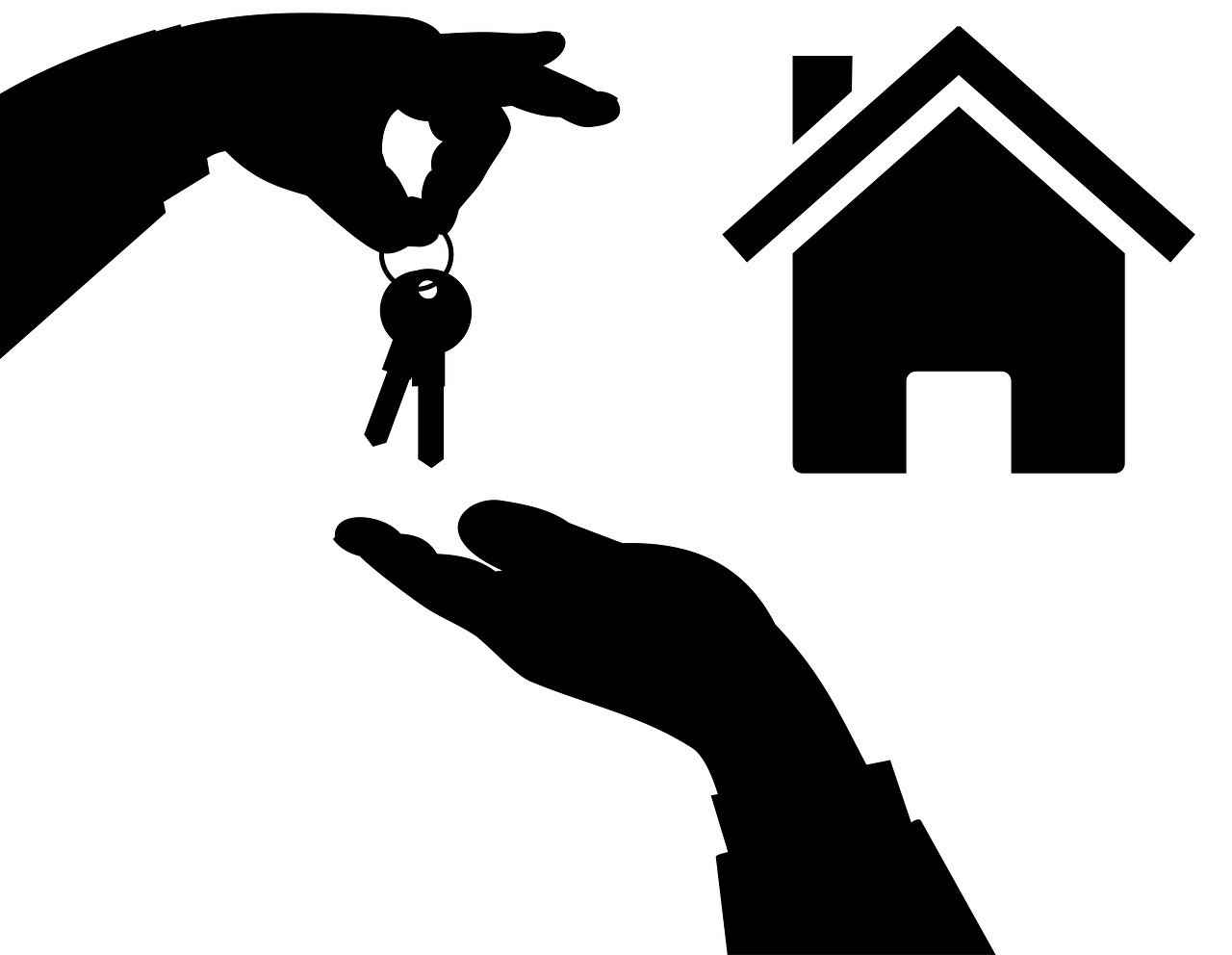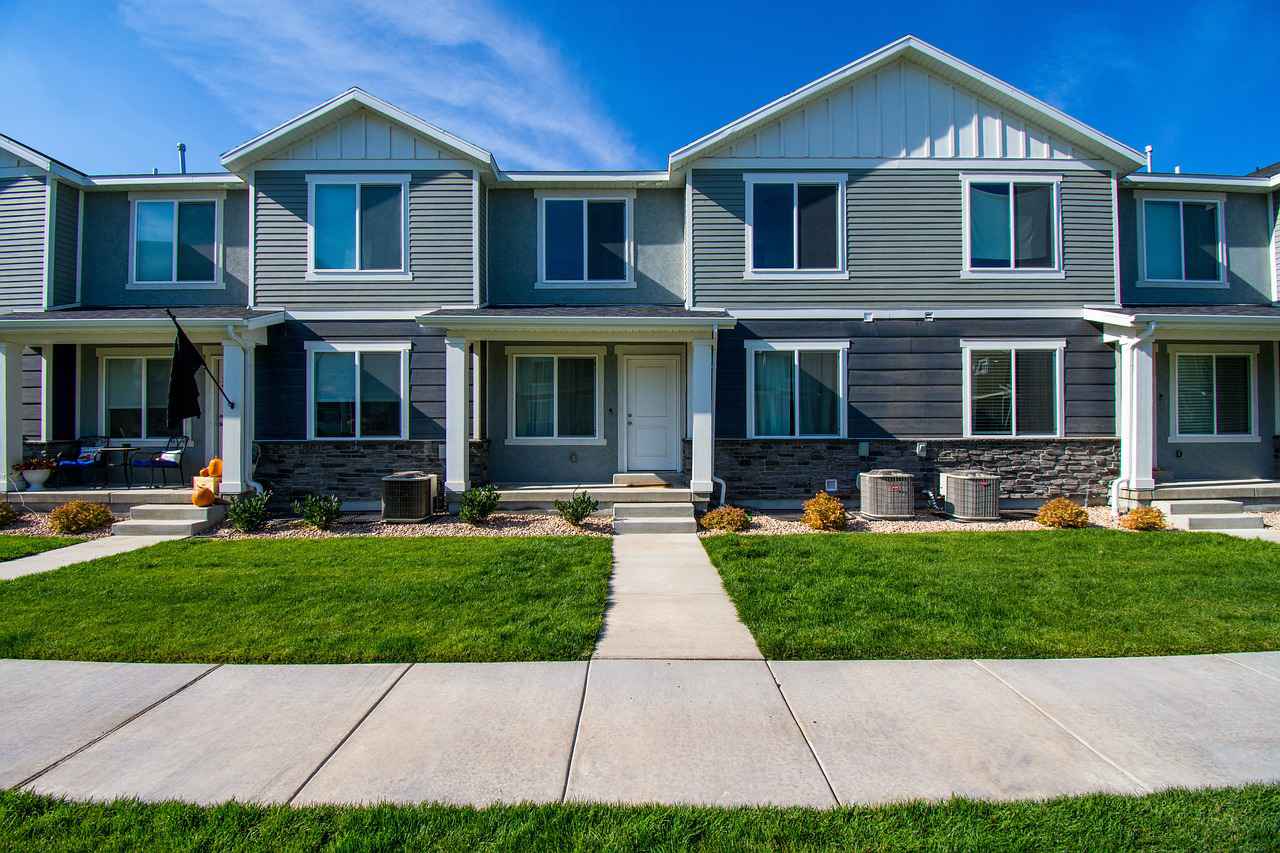The average 30-year fixed mortgage rate hit an all-time low recently, dipping below 3% in 2021. This spurred a surge in home buying, even though the rates almost doubled the following year due to inflation and Federal Reserve policies. Curiously, the pandemic saw a shift in who was buying homes. Many buyers found themselves financially better off during this period and took advantage of the low rates to secure properties, especially in urban areas. Here are some profiles of these buyers:
Tech employees felt richer thanks to a booming NASDAQ in 2020, prompting them to buy or upgrade homes. For instance, employees at major tech companies like Apple saw significant increases in their stock values, boosting their net worth and purchasing power.
Some individuals got fed up with extreme saving lifestyles. After years of saving a substantial portion of their income and still living in cramped conditions, the allure of low mortgage rates convinced them to finally buy more spacious homes and enjoy a better quality of life.
Parents planning to work from home permanently saw this as a perfect opportunity to find homes that offered both space and functionality, accommodating remote work without sacrificing family life.
With rent prices falling but mortgage rates dropping even more, it became cheaper to buy than rent in many areas, prompting even the typically cautious to consider purchasing homes as both a residence and an investment opportunity.
Investors, too, saw opportunities in the chaos of financial downturns, buying up properties in areas where values were expected to rebound strongly once normalcy returned.
The pandemic also influenced parents with adult children at home. The prolonged close quarters drove some to purchase additional properties to provide independence for their grown children, viewing these purchases as long-term investments.
The lower mortgage rates made it much more appealing to buy properties with specific features like ocean views or extra space, as lower competition during the early pandemic months allowed for better deals.
The surge in remote work led many to buy properties in scenic or spacious suburban and rural areas, predicting a permanent shift in lifestyle preferences.
For those looking to propose or start a family, the low rates made it feasible to buy larger homes or invest in properties with potential rental income, helping to finance their future plans.
Real estate investment during uncertain financial times is often seen as a safe bet, and many capitalized on this by purchasing properties likely to appreciate in value, supported by a desire to secure financial stability through tangible assets.
These buying trends, fueled by historically low mortgage rates and changes in lifestyle due to the pandemic, have reshaped the real estate market in unexpected ways, highlighting a diverse range of motivations and opportunities within the housing sector.








































